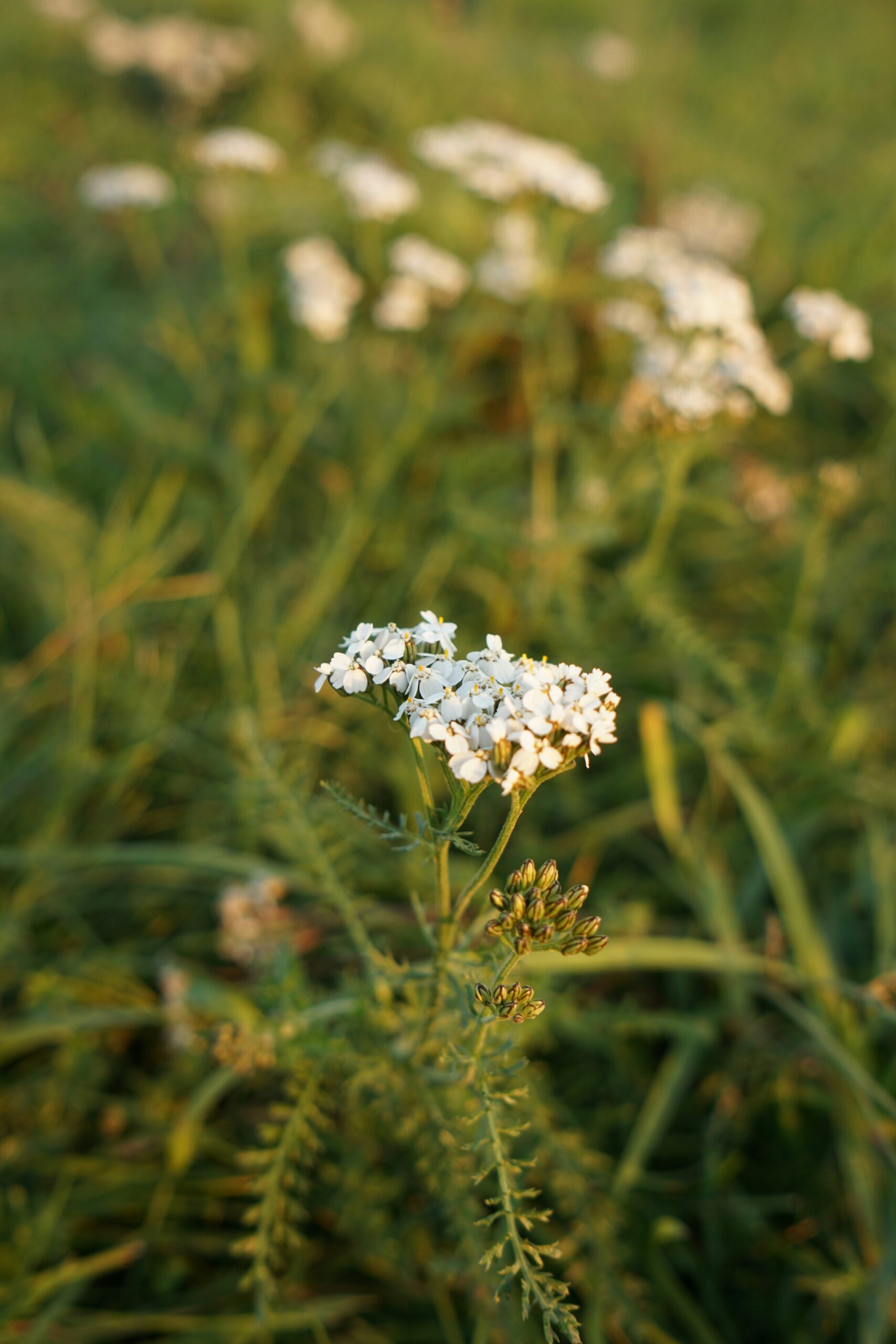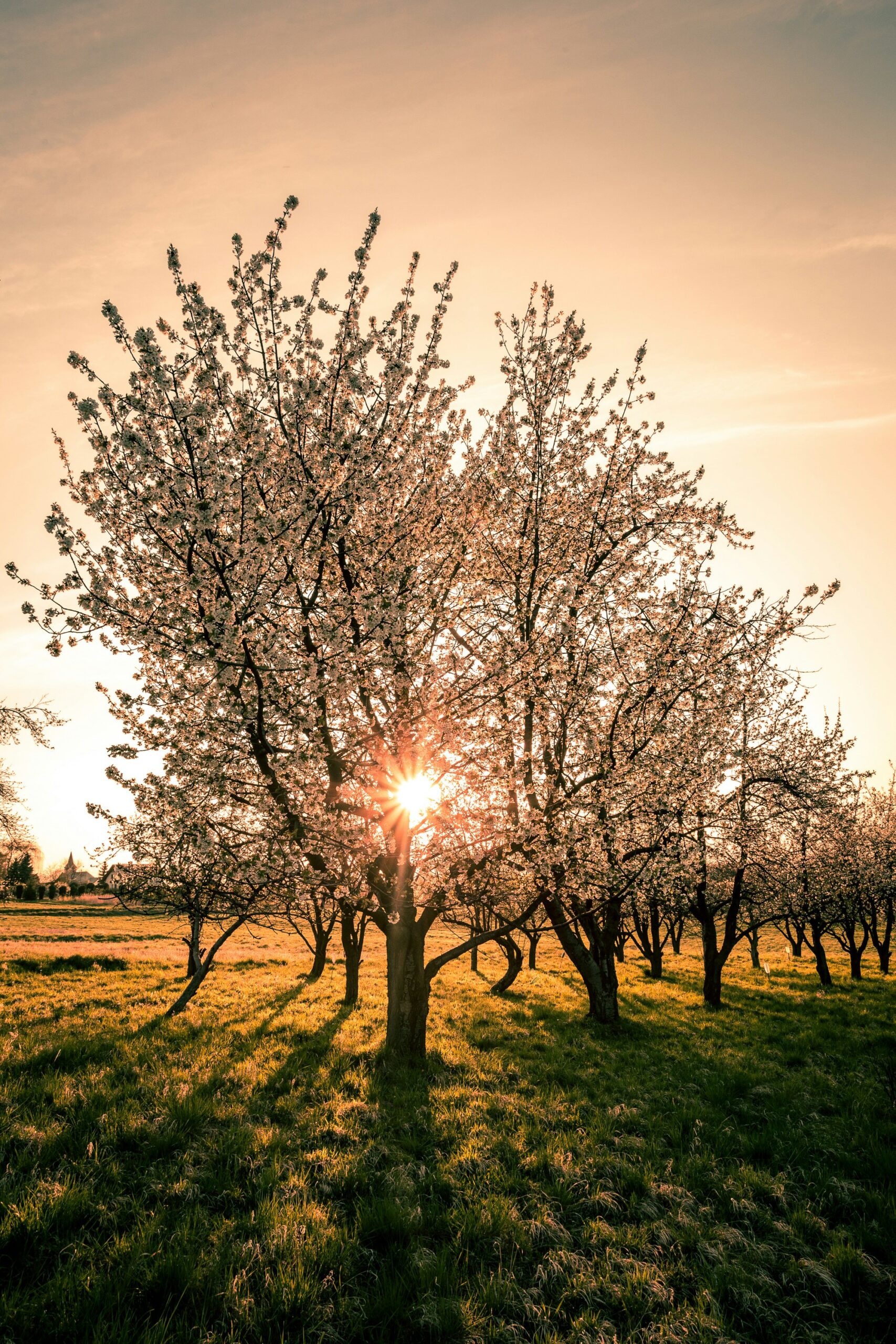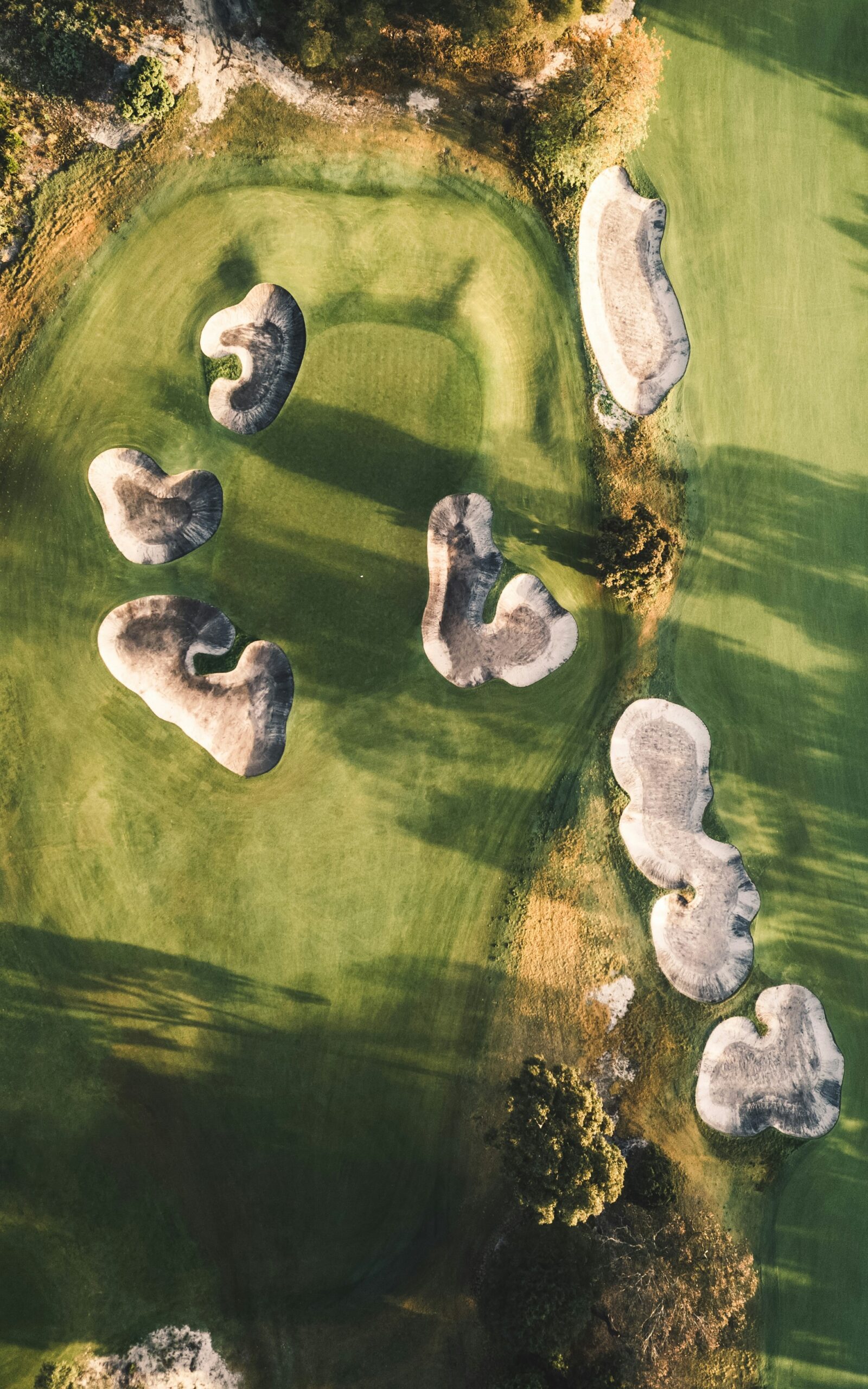Fire-Resistant Plants for California Landscapes: Safeguarding Your Property Against Wildfires
As California's wildfire season grows increasingly severe each year, homeowners face mounting pressure to adapt their landscaping strategies. Creating a fire-resistant landscape isn't just about protecting property—it's about building community resilience in a state where wildfire has become a persistent threat. Incorporating fire-resistant plants into California landscaping can significantly reduce vulnerability to wildfire while maintaining the beauty and ecological integrity of your outdoor space.
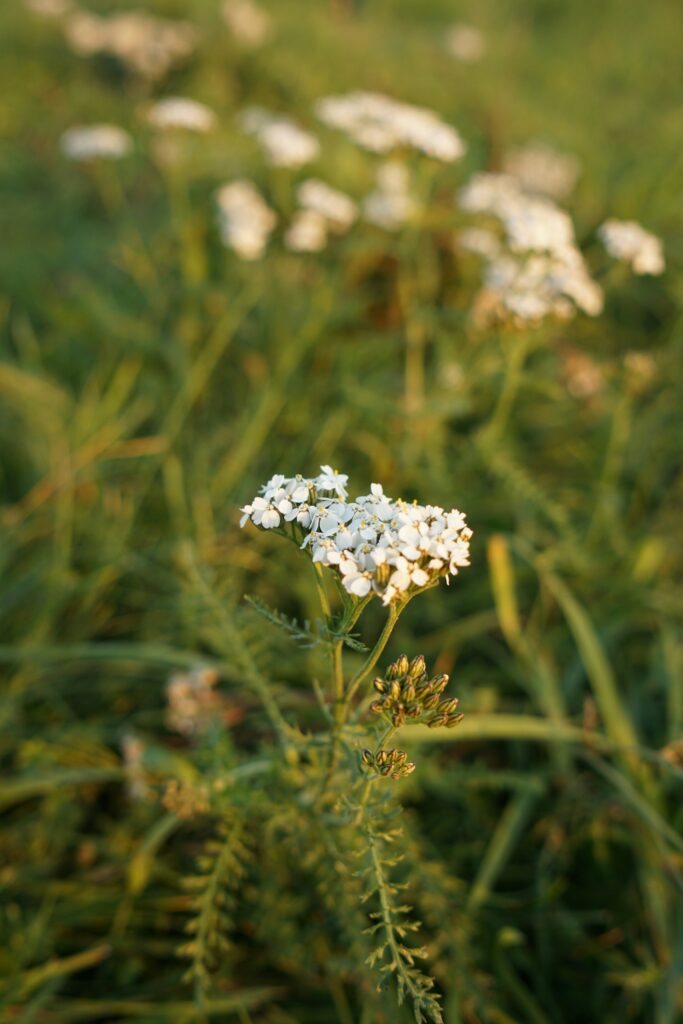
Fire-resistant plants such as yarrow, rockrose, and island mallow are naturally more drought-tolerant and less likely to ignite from flames or embers. These plants don't readily catch fire due to their moisture content, minimal resin production, and other adaptive features that have evolved in California's fire-prone ecosystems. When strategically placed around structures, these plants create a defensive barrier against advancing flames.
CAL FIRE and native plant organizations recommend fire-smart landscaping techniques that incorporate proper plant selection and placement. The ideal California landscape for wildfire defense features plants that don't readily ignite from flame or other ignition sources, creating zones of protection around homes and structures. With thoughtful design, your California garden can be both beautiful and a crucial component of your home's wildfire defense system.
Fire-Resistant Plants for California Landscapes: Safeguarding Your Property Against Wildfires
Understanding California's Fire Ecology
California's landscape has evolved alongside fire for thousands of years, creating unique ecosystems that depend on periodic burning. These natural fire cycles have been disrupted by human development and climate shifts, resulting in more destructive wildfire patterns across the state.
Fire-Prone Areas and Chaparral Ecosystems
California's chaparral ecosystems are naturally fire-adapted communities that have evolved with recurring wildfires. These dense, shrubby landscapes dominate many hillsides and contain plants with specialized adaptations for surviving burns.
Chaparral plants often feature oils and resins that make them highly flammable during dry periods. However, they possess remarkable regeneration capabilities, including:
- Fire-activated seeds that germinate only after intense heat
- Burl structures that resprout rapidly after burns
- Deep root systems that survive underground
The natural fire cycle in these systems typically ranges from 30-150 years. Problems arise when fires occur too frequently, preventing full recovery between burns. This is particularly concerning in the expanding wildland-urban interface, where homes meet wildland vegetation.
The Role of Climate Change in California Wildfires
Climate change has dramatically altered California's fire dynamics. Rising temperatures and shifting precipitation patterns have extended fire seasons and created more extreme burning conditions throughout the state.
The effects are multifaceted and interconnected:
- Hotter temperatures increase evaporation rates, drying vegetation faster
- Reduced snowpack leads to earlier spring runoff and drier late-summer landscapes
- More frequent drought cycles stress plants, making them more susceptible to ignition
These climate-driven changes combine with other factors to create unprecedented wildfire conditions. Vegetation that once burned at moderate intensities now fuels catastrophic blazes that spread rapidly across the landscape.
Scientific models predict these trends will intensify in coming decades. Weather patterns conducive to extreme fire behavior are becoming more common, challenging traditional firefighting approaches and demanding new prevention strategies.
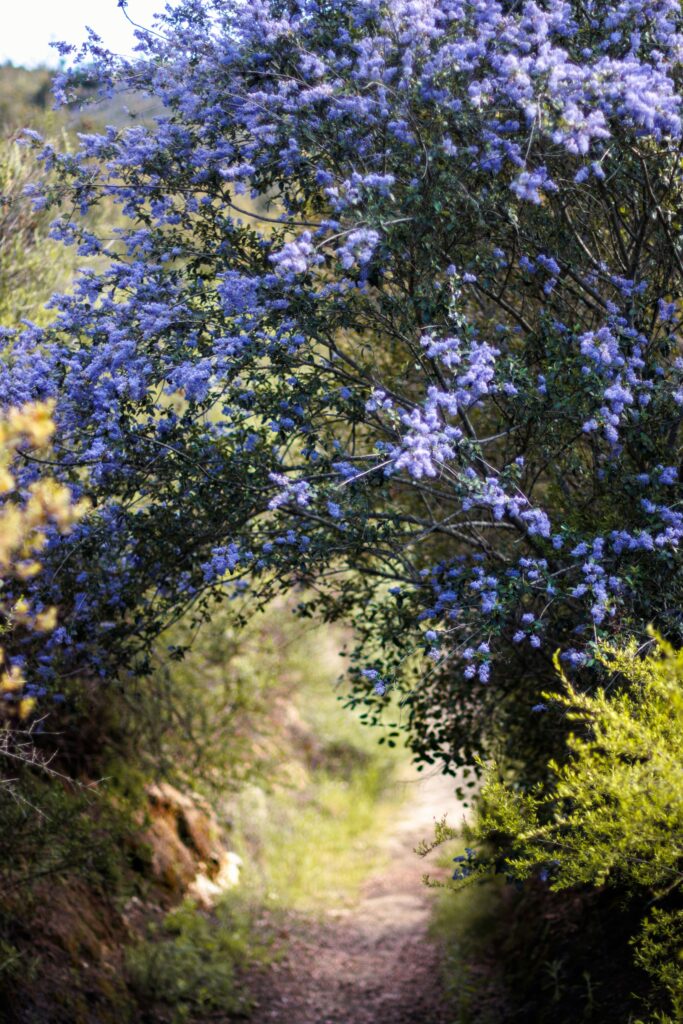
Principles of Firescaping
Firescaping combines strategic landscape design with fire-resistant plant selection to protect homes in wildfire-prone areas. The approach focuses on creating zones of protection while maintaining an aesthetically pleasing garden that can help slow or stop approaching flames.
Creating Defensible Space
Defensible space is the buffer created between buildings and surrounding vegetation that gives firefighters a safe area to work while protecting your property. This critical firescape element typically consists of three zones extending outward from structures.
Zone 1 (0-5 feet) should have minimal vegetation and no combustible materials. Use hardscaping like stone patios or gravel paths instead of mulch or wood chips.
Zone 2 (5-30 feet) should contain well-spaced, low-growing plants with high moisture content. Regularly remove dead leaves, branches, and debris that could serve as fire fuel.
Zone 3 (30-100+ feet) requires thinning vegetation and creating strategic fuel breaks. Pools, driveways, and pathways serve as effective fire barriers in this zone.
Maintain all zones through regular pruning, cleanup, and proper watering to reduce fire risk.
Fire Performance Rating of Plants
Plants vary significantly in their flammability and fire resistance. Fire performance ratings help homeowners select appropriate vegetation for firescaping.
High Fire Resistance:
- Succulents (agave, aloe, ice plant)
- Many native California oaks
- Well-maintained fruit trees
- Low-growing ground covers
Moderate Fire Resistance:
- Many deciduous trees and shrubs
- Properly spaced ornamental grasses
- Well-watered perennials
Avoid Planting (High Flammability):
- Palm trees and invasive grasses
- Plants with high oil/resin content (eucalyptus, juniper)
- Plants that accumulate dead material
- Dense, twiggy shrubs
The most fire-resistant plants typically share characteristics like high moisture content, minimal resin or oil, low growth habit, and limited dead material retention.
Incorporating Fire-Resistant Plants in Landscape Design
Effective firescape design balances safety with aesthetics while considering California's drought conditions. Space plants individually rather than in dense clusters to prevent fire from jumping.
Create islands of vegetation with hardscape breaks between them. Use California native plants that are both drought-tolerant and fire-resistant, such as California lilac, manzanita, and certain sage varieties.
Implement varied plant heights to avoid creating “fire ladders” where flames can climb from ground level to tree canopies. Keep tree branches at least 10 feet from structures and other trees.
Choose plants with similar water needs for efficient irrigation zones. Regular watering maintains plant moisture content, which enhances fire resistance without wasting water.
Incorporate hardscaping strategically – stone walls, gravel paths, and concrete features not only add visual interest but serve as crucial fuel breaks in your fire-resistant landscape design.
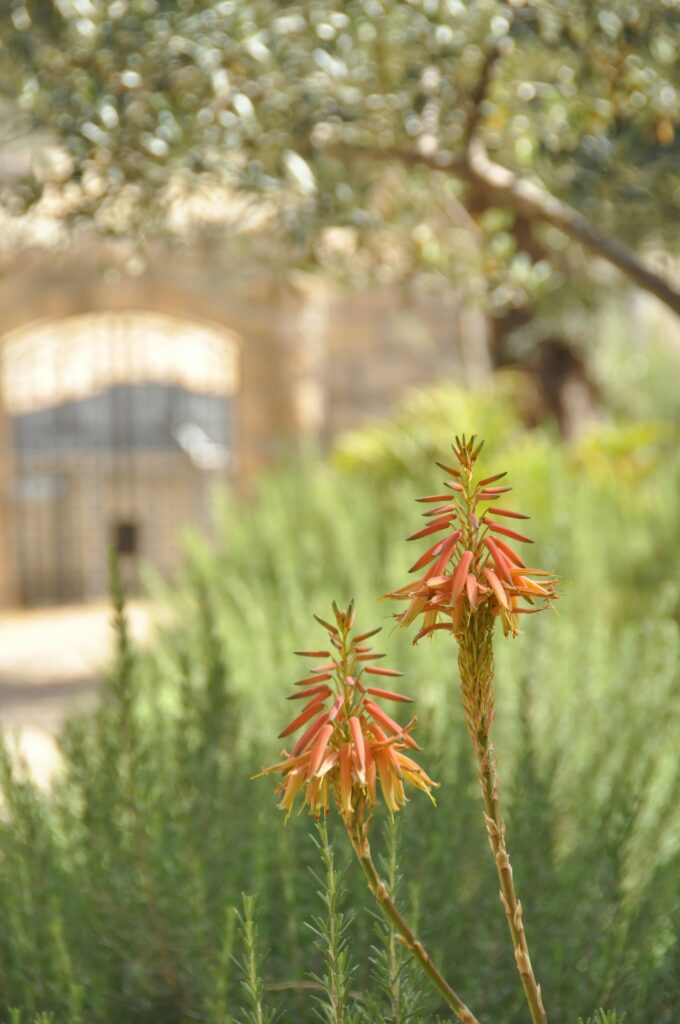
Selecting Fire-Resistant Plants for California Landscapes
Creating a fire-resistant landscape requires careful plant selection that balances beauty with safety. The right plants can help create defensible space around homes while still maintaining ecological value and visual appeal.
Native Plants and Their Fire-Resistant Properties
California native plants have adapted to the state's fire ecology and many possess fire-resistant qualities. Ceanothus species (California lilac) maintain higher moisture content even during dry periods, making them less likely to ignite quickly.
Manzanita varieties with low-growing habits are more fire-resistant than their taller counterparts. They store less fuel volume and can serve as effective groundcover in defensible zones.
Woolly blue curl (Trichostema lanatum) features fire-resistant properties due to its compact growth habit and limited dead material accumulation. Its drought tolerance makes it ideal for California landscapes.
Oregon grape offers year-round color with minimal maintenance while resisting ignition. Catalina cherry has broad, leathery leaves that contain more moisture than many other shrubs.
Key native fire-resistant plants:
- California lilac (Ceanothus)
- Low-growing manzanita varieties
- Woolly blue curl (Trichostema lanatum)
- Oregon grape (Mahonia)
- Catalina cherry (Prunus ilicifolia)
Non-Native Fire-Resistant Species
While native plants offer excellent fire resistance, some non-native species can also be valuable additions to a California fire-resistant landscape. These plants should still be drought-tolerant to conserve water.
Butterfly bush and spirea contain higher moisture content and produce limited dead material, making them good choices for defensible spaces. Their deciduous nature further enhances fire resistance.
Rose of Sharon and mock orange feature broad leaves that resist ignition better than needle-like foliage. These ornamental shrubs add beauty while enhancing safety.
Deciduous trees and shrubs generally offer better fire resistance than evergreens. They typically have higher moisture content and shed leaves seasonally, reducing year-round fuel loads.
Potentilla produces minimal dead material and maintains moisture in its stems and leaves even during hot weather. It provides colorful blooms without significantly increasing fire risk.
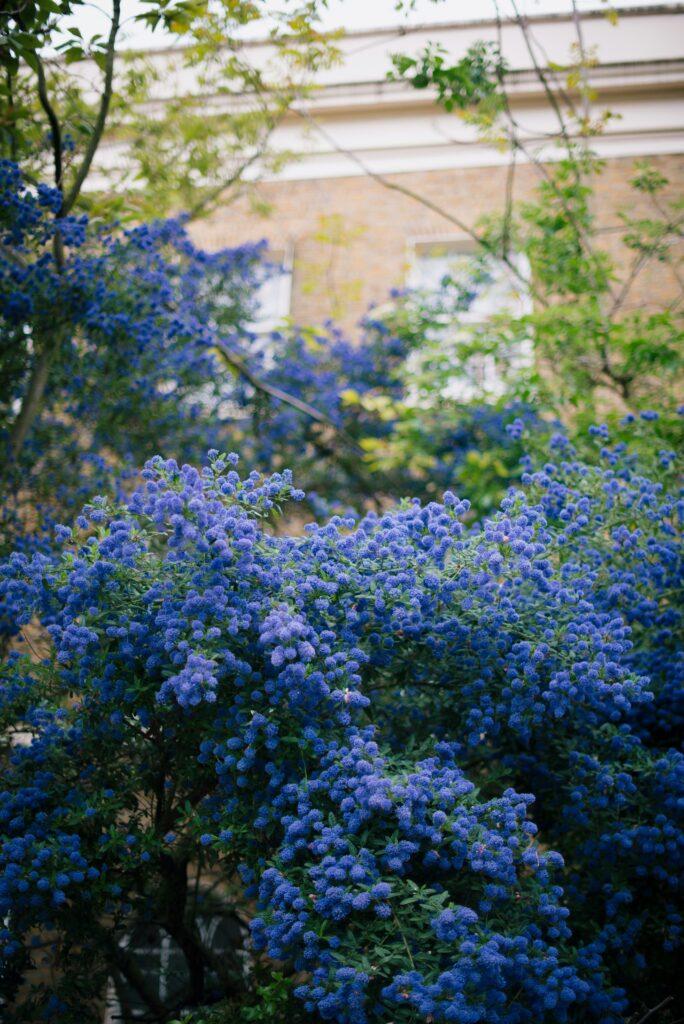
Designing a Drought-Tolerant and Fire-Resistant Garden
Creating a garden that resists both fire and drought requires strategic plant selection and thoughtful layout planning. Both goals complement each other through proper spacing, maintenance, and choosing vegetation that conserves water while minimizing fire hazards.
Strategies for Water Conservation
Efficient water use forms the foundation of any fire-resistant landscape in California. Fire-smart landscaping inherently conserves water by selecting plants adapted to California's dry climate. Homeowners should implement drip irrigation systems that deliver water directly to plant roots, reducing waste and keeping foliage drier.
Applying a 2-3 inch layer of organic mulch helps retain soil moisture while suppressing weeds. Stone or gravel mulches offer additional fire resistance near structures. However, gardeners should keep mulch at least 5 inches away from building foundations to avoid creating fuel bridges.
Grouping plants with similar water needs (hydrozoning) prevents overwatering and creates natural firebreaks. This practice allows for tailored irrigation schedules that maintain plant health while minimizing excess moisture that could otherwise support rapid plant growth and potential fire fuel.
Rainwater harvesting systems capture precious precipitation during wet months. Simple rain barrels or more complex collection systems provide supplemental irrigation during dry periods without increasing water bills.
Drought-Resilient Ground Covers and Shrubs
Several native California plants offer both fire resistance and drought tolerance. Bearberry cotoneaster forms an excellent ground cover with its low growth habit and minimal dead material accumulation. Its fleshy leaves retain moisture, making it less likely to ignite during fire events.
Various buckwheat varieties native to California provide attractive drought-tolerant options that support local pollinators while maintaining high moisture content even during dry periods. These plants typically grow under 2 feet tall, keeping flames close to the ground if ignition occurs.
Succulents like ice plant and sedum store water in their leaves, creating natural fire resistance. Their low growth pattern prevents ladder fuels that would allow flames to reach taller vegetation or structures.
When selecting shrubs, homeowners should choose varieties that don't accumulate dead material and maintain high moisture content. Fire-resistant landscaping experts recommend maintaining at least 10 feet between mature shrubs to prevent fire spread during wildfire events.
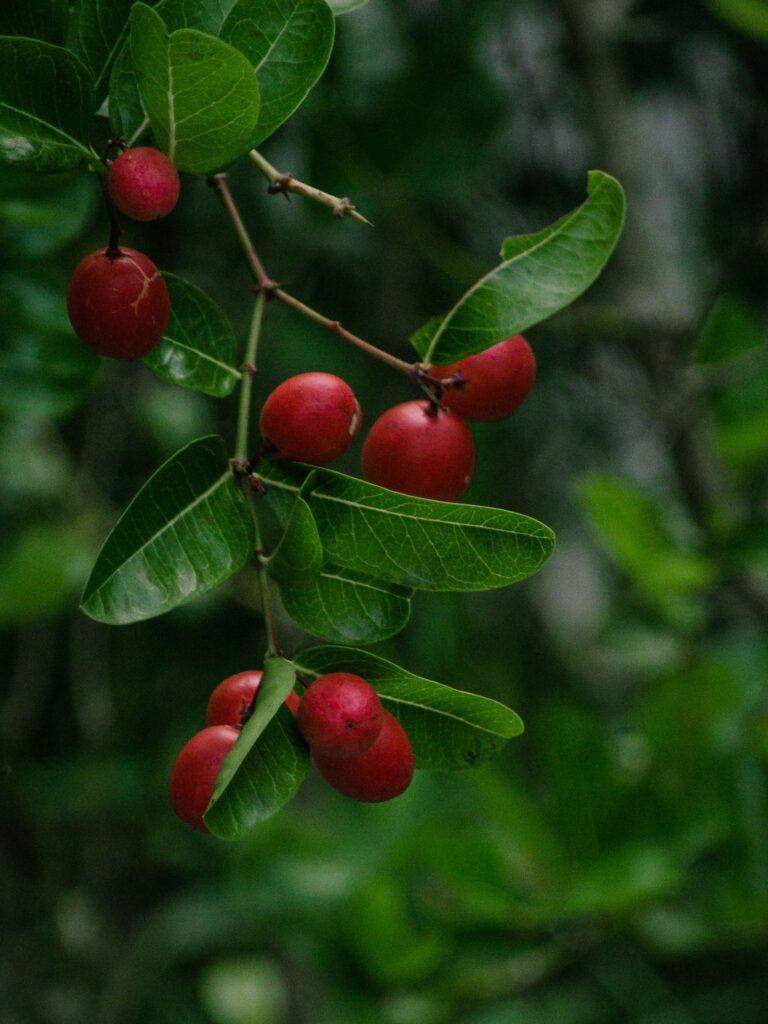
Maintenance Practices for Fire Safety and Landscape Health
Regular landscape maintenance is essential for reducing fire risk while promoting healthy plant growth. Proper upkeep not only creates defensible space around your home but also ensures your California garden remains resilient during fire season.
Controlling Invasive Grasses and Debris
Invasive grasses present a significant fire hazard in California landscapes. These fast-growing plants dry quickly and create continuous fuel beds that allow fires to spread rapidly.
Remove all dead plants, grass, and weeds promptly, especially during fire season. Clear away dried leaves, pine needles, and other plant debris from gutters, roof surfaces, and around the base of structures.
Create fuel breaks by installing hardscaping elements like stone patios or gravel pathways. These non-combustible materials interrupt the path of potential fires.
Remove combustible debris from under decks, overhangs, and alongside fences. Consider replacing traditional bark mulch with less flammable alternatives like decomposed granite or river rock in areas within 5 feet of structures.
Regular Pruning and Removal of Dead Branches
Strategic pruning significantly reduces fire risk while promoting plant health. Proper maintenance creates separation between ground-level vegetation and tree canopies.
Trim trees regularly to maintain a minimum clearance of 10 feet between branches and structures. Remove lower branches up to 6-10 feet from the ground to prevent “ladder fuels” that allow fires to climb.
Focus on thinning rather than topping trees. This approach preserves the plant's natural structure while reducing fuel density and improving air circulation.
Inspect plants regularly for signs of disease or stress, as unhealthy plants become more flammable. Ensure all plants remain accessible and healthy, particularly during peak fire season when maintenance becomes most crucial.
Prune at appropriate times for each species to minimize stress and promote vigorous growth that maintains fire resistance.
Innovative Solutions for Erosion Control and Plant Health
California's wildfire-prone landscapes require thoughtful solutions that address both fire safety and environmental stability. Properly selected vegetation can dramatically reduce soil erosion while maintaining fire resistance properties.
Stabilizing Soil with Fire-Resistant Vegetation
Post-wildfire landscapes are highly susceptible to soil erosion, which can lead to mudslides and property damage. Strategic planting of fire-resistant natives like California native plants with wildlife value helps anchor soil while providing ecological benefits.
Yucca plants offer excellent erosion control capabilities with their extensive root systems. These drought-tolerant plants establish deep anchoring systems that hold soil in place even on slopes and hillsides.
Carpet bugle (Ajuga reptans) creates dense ground cover that effectively prevents topsoil displacement. Its low growth habit and spreading nature make it ideal for stabilizing bare areas where erosion risk is high.
For steeper terrain, consider these fire-resistant options for erosion control:
- California fescue (Festuca californica)
- Deer grass (Muhlenbergia rigens)
- Creeping wild rye (Leymus triticoides)
Utilizing Plants with High Moisture Content
Plants with high moisture content naturally resist ignition and slow fire spread in the landscape. Succulents are particularly valuable, as they store water in their tissues and will wilt without catching fire, creating natural firebreaks.
Ice plant, while not native, maintains significant water content and grows low to the ground, making it effective for certain erosion-prone areas. However, it should be used selectively as it can become invasive in some environments.
Proper watering practices enhance moisture retention in all landscape plants. Good watering habits keep plants healthy and less prone to fires, while simultaneously improving their ability to stabilize soil.
Native succulents like Dudleya species offer both fire resistance and erosion control benefits. These plants thrive in rocky, unstable areas where soil loss is common after fires.

Community and Educational Resources
California communities have created valuable networks of resources to help homeowners implement fire-resistant landscaping strategies. These local initiatives provide practical guidance, hands-on learning experiences, and expert advice tailored to specific regional conditions.
Firescape Demonstration Gardens and Workshops
Firescape demonstration gardens serve as living classrooms where residents can see fire-resistant plants in action. These educational spaces showcase effective plant selection, proper spacing techniques, and maintenance practices that enhance wildfire safety.
Many California counties maintain demonstration gardens that highlight native species adapted to local fire regimes. Visitors can explore these gardens throughout the seasons to observe how plants mature and require different care throughout the year.
Regular workshops hosted at these locations offer hands-on training in:
- Proper pruning techniques
- Creating effective defensible zones
- Seasonal maintenance schedules
- Plant identification skills
The California Native Plant Society regularly conducts fire-resistant landscaping programs at these demonstration gardens, combining ecological benefits with fire safety education.
Leveraging Local Expertise for Fire-Resilient Landscaping
Local fire departments, extension offices, and master gardener programs provide tailored guidance for specific neighborhoods and microclimates. These experts understand regional wildfire patterns and can recommend appropriate strategies for particular communities.
UC Cooperative Extension's Master Gardener program trains volunteers who then share fire-wise landscaping principles with their communities. These volunteers conduct home evaluations, suggesting improvements based on property-specific characteristics.
Fire Safe Marin and similar county-based organizations coordinate neighborhood-level initiatives that foster community-wide resilience. Their collaborative approach helps create continuous defensible spaces that protect entire neighborhoods.
Online resources complement in-person expertise through webinars, downloadable guides, and interactive planning tools. The UC Agriculture and Natural Resources department maintains comprehensive fire-smart landscape planning resources that incorporate the latest research on fire ecology.

